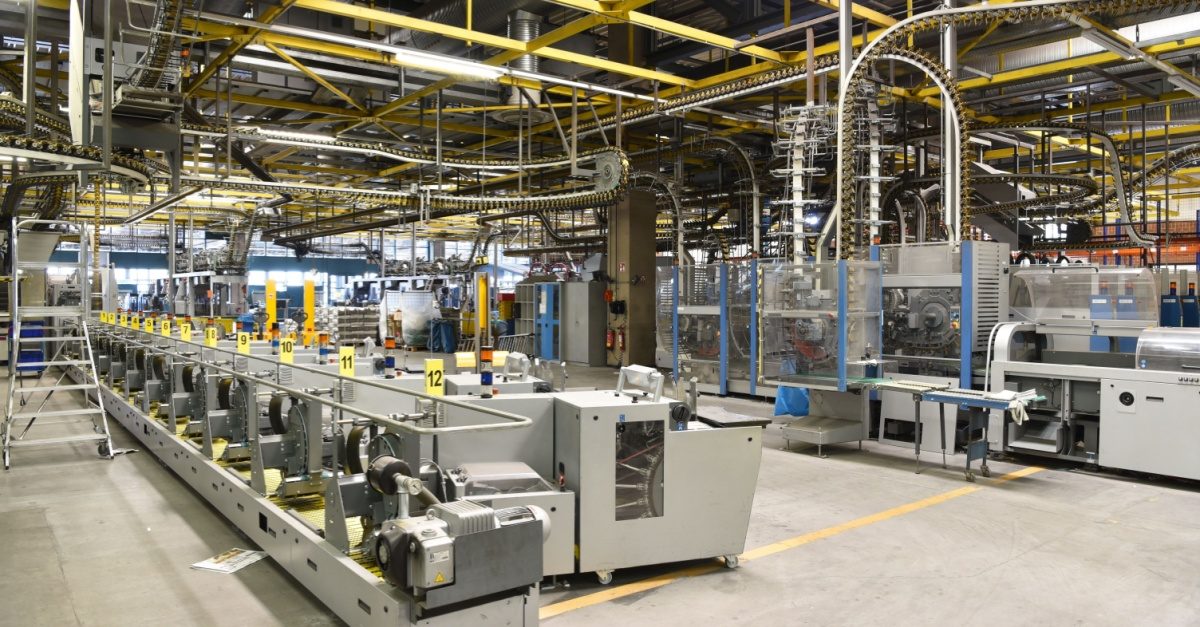
Low And No Maintenance Industrial Machinery: A Supply Chain Advantage
Industrial operations face mounting pressure to improve efficiency while reducing downtime and operational costs. Low and no maintenance machinery is increasingly attractive to supply chain managers seeking to streamline production without sacrificing performance. These technologies offer durability, simplified operation, and reduced intervention requirements, allowing teams to focus on core logistics and production tasks while maintaining consistent output.
Benefits of Low Maintenance Machinery
Machinery that requires minimal upkeep reduces the risk of unplanned downtime, a critical factor in maintaining smooth supply chain operations. Equipment such as self-lubricating conveyors, sealed motors, and corrosion-resistant components can operate continuously for extended periods with limited attention. Reduced maintenance also lowers operational costs by cutting labour hours, spare parts, and service visits. For supply chains that rely on timely production and delivery, this reliability translates into fewer disruptions, improved customer satisfaction, and the ability to maintain competitive lead times across multiple sites.
Innovations Driving Efficiency
Advances in engineering have produced industrial equipment capable of extended operation without frequent servicing. Machinery with automated monitoring systems can detect wear or performance deviations and alert operators before issues escalate into costly breakdowns. Integration of digital sensors allows predictive data collection, which can guide maintenance planning even for low-intervention systems. Components designed to operate in harsh environments, such as high temperatures, dusty conditions, or high humidity, further extend service intervals and reduce the need for human oversight. These innovations provide managers with real-time visibility into machinery performance and reduce dependency on reactive maintenance schedules.
Measuring Performance and Flow
Accurate measurement of materials and fluid flow is essential for efficiency in industrial operations. Devices such as ultrasonic flow meters offer precise monitoring with minimal maintenance requirements. These instruments operate without moving parts, reducing the risk of mechanical failure and eliminating the need for regular calibration. Incorporating ultrasonic flow meters into production lines ensures continuous, reliable data that supports operational decision-making, process optimisation, and regulatory compliance. When combined with other monitoring technologies, these meters help identify inefficiencies early, supporting smoother, uninterrupted production cycles.
Implementation Considerations
Choosing low or no maintenance machinery requires careful assessment of operational needs. Supply chain managers should consider load requirements, environmental conditions, and compatibility with existing systems. Staff training remains important, even with simplified equipment, to ensure proper use and to identify early signs of wear or malfunction. Partnerships with suppliers that provide long-term technical support can further enhance the reliability and lifespan of machinery. Additionally, integrating machinery into existing digital infrastructure ensures seamless monitoring and analytics across multiple production sites.
Adopting low-maintenance machinery can lead to measurable improvements in supply chain performance. Consistent operation reduces delays in production and delivery schedules. Lower maintenance demands free personnel to focus on strategic tasks rather than routine repairs. When combined with intelligent monitoring tools, these systems offer operational efficiency, actionable insights, and enhanced planning capabilities. Companies that invest in durable, low-maintenance equipment benefit from increased productivity, reduced operational costs, and a more resilient supply chain network capable of responding to shifting market demands. Check out the infographic to learn more.

